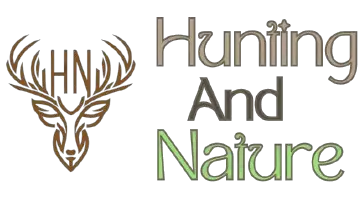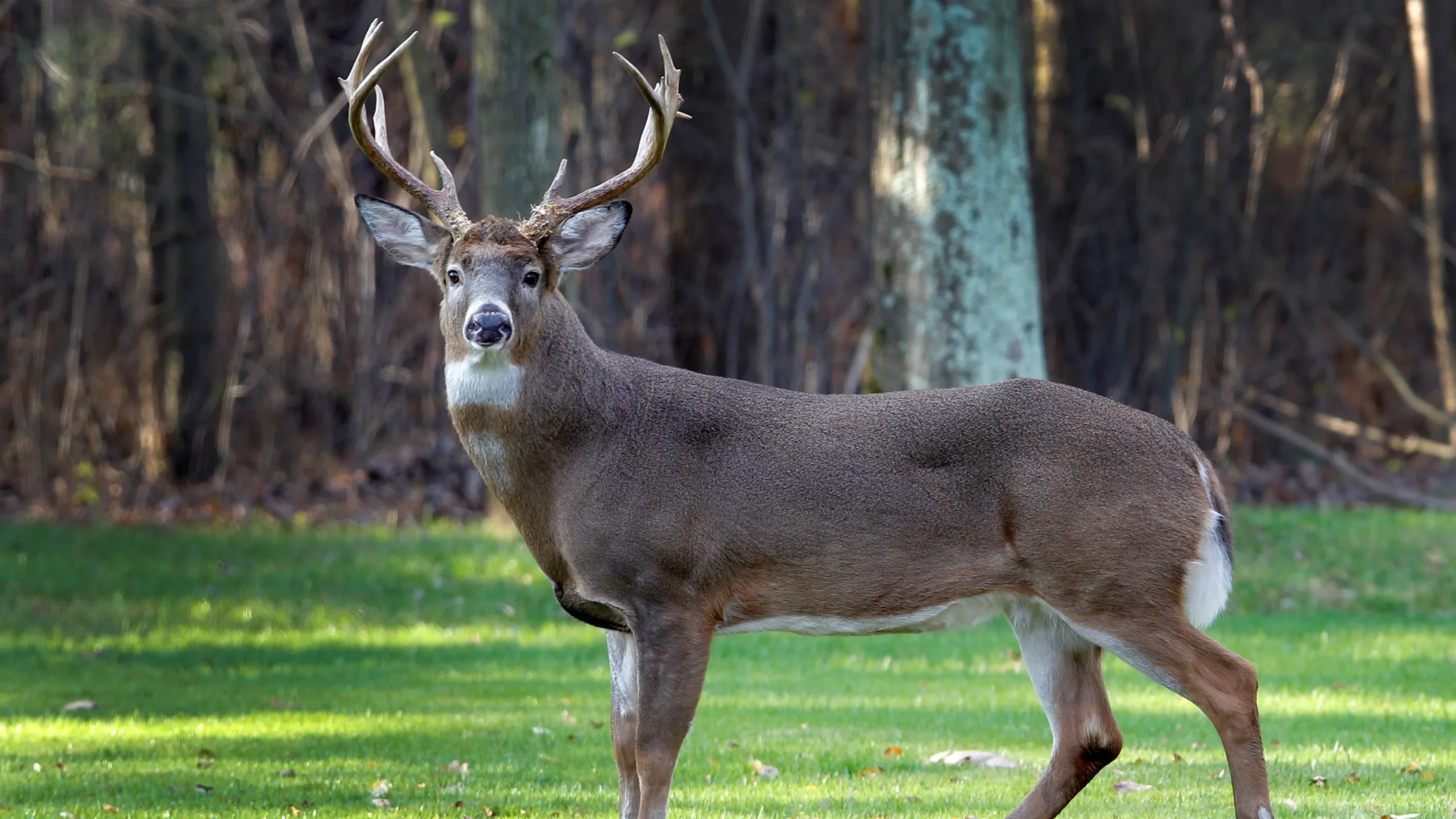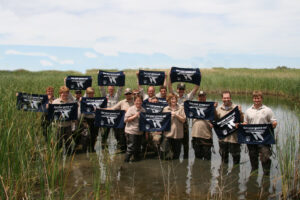Hunting whitetail deer during the rut is an unparalleled adventure that demands a blend of knowledge, strategy, and patience. The rut, a period defined by the breeding cycle of whitetail deer, offers hunters the best opportunity to encounter mature bucks. This guide is meticulously crafted to provide you with an in-depth understanding of the rut’s phases and equip you with advanced hunting strategies, ensuring your place at the top of the hunting community.
In-Depth Exploration of the Whitetail Rut
The whitetail deer rut is a period of intense activity for deer, characterized by a series of behavioral changes that prepare them for the breeding season. This time is marked by increased movement, aggression, and a decrease in caution, making bucks more susceptible to hunting strategies. Understanding the subtleties of each phase of the rut is crucial for planning your hunting approach and maximizing your chances of success.
Pre-Rut: Building the Foundation for Success
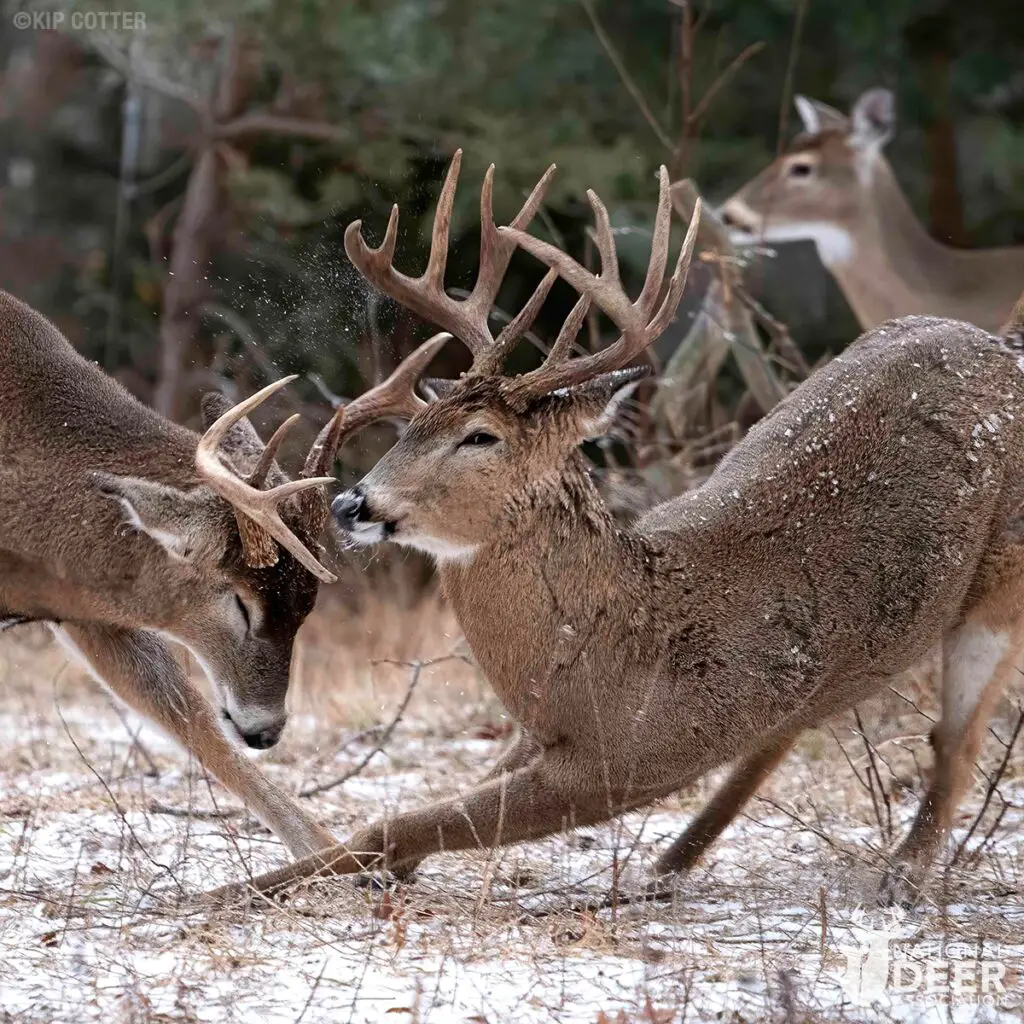
Understanding Deer Behavior: In the pre-rut phase, bucks begin to establish their dominance and territories, marking their presence with rubs and scrapes. This behavior signals the beginning of the breeding season and provides hunters with valuable insights into buck movements and patterns.
Advanced Hunting Strategy: Focus on identifying fresh signs of buck activity. Position yourself near key food sources in the evenings, as bucks are more likely to visit these areas to feed and mark territory. Utilize trail cameras to monitor these signs and plan your hunts around peak activity times.
Seeking Phase: Capitalizing on Increased Movement
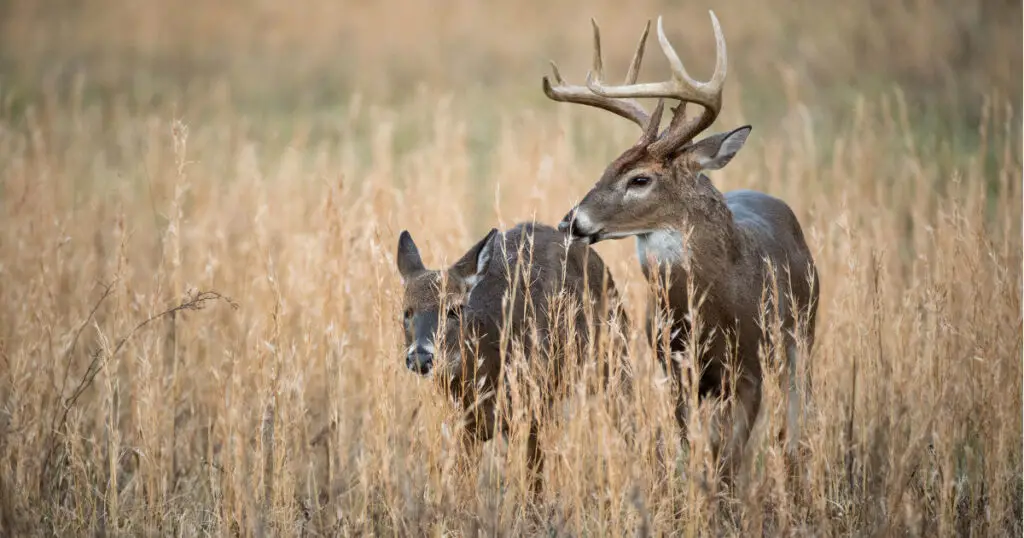
Deciphering Buck Movements: As the rut approaches, bucks increase their search for does, leading to a significant increase in daylight activity. This phase offers hunters the opportunity to intercept bucks as they move between bedding and feeding areas.
Strategic Hunting Approaches: Target travel corridors and pinch points that funnel deer movement. Early morning hunts can be particularly effective, as bucks are actively searching for does. Employ soft calling techniques and scents to mimic a doe in estrus, attracting bucks to your location.
Chasing Phase: The Peak of Hunter Opportunity
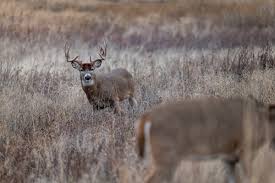
Behavioral Insights: This phase is characterized by mature bucks actively pursuing does, often throwing caution to the wind. This is the time when hunters can observe some of the most dramatic behaviors of the rut.
Tactical Hunting Methods: Position yourself strategically along trails leading from doe bedding areas to food sources. Use aggressive calling and rattling to simulate a buck challenging another for a doe’s attention. Decoys can also be highly effective in drawing in a buck looking for competition or companionship.
Tending Phase: Focusing on Precision and Patience
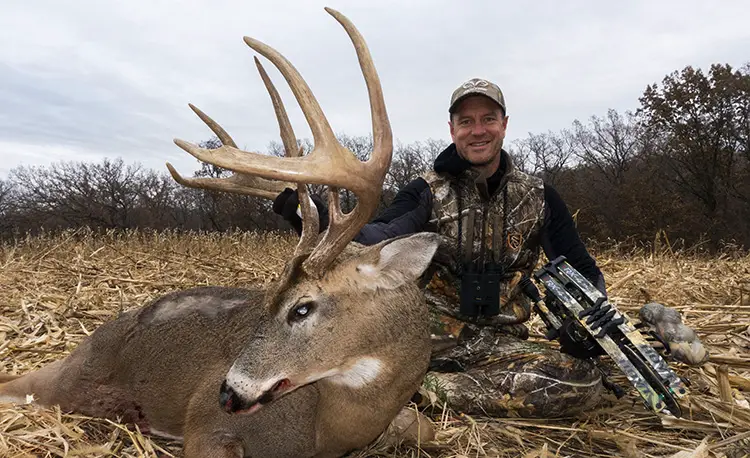
Buck-Does Dynamics: During this phase, bucks are less visible as they tend to stay close to does, often in thick cover. This makes them harder to hunt but not impossible.
Refined Hunting Techniques: Concentrate on edge habitats surrounding known doe bedding areas. Use highly targeted calling and rattling to entice bucks out of thick cover, presenting a shot opportunity. Patience is key, as bucks may take longer to respond.
Post-Rut: The Last Stand
Adapting to Changed Behaviors: Post-rut bucks are wary but still on the lookout for the last does in estrus. They are also seeking food to recover from the rigors of the rut.
Strategic Positioning: Focus on late-season food sources and thick cover where bucks go to rest and recover. Slow down your approach, using stealth and patience to catch bucks off guard. This is a time for still-hunting and ambush tactics, as bucks are less predictable.
Elevating Your Hunting Game
- Leverage Technology: Modern hunters have an array of tools at their disposal. Use apps to track wind direction, weather, and moon phases, which can influence deer movement.
- Master Scent Control: Beyond basic scent elimination, consider wind direction in your setup and use scent lures strategically.
- Habitat Management: For those with access to private land, managing the habitat to create an ideal environment for deer can improve hunting success. Food plots, water sources, and sanctuary areas can attract and hold deer on your property.
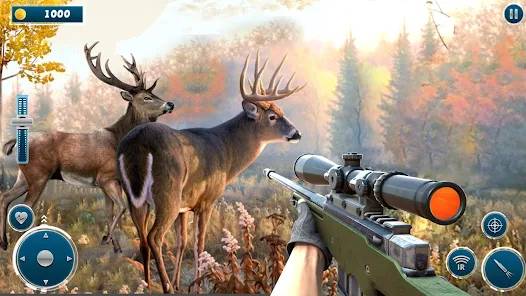
Conclusion: Becoming a Rut Hunting Expert
By diving deep into the phases of the whitetail rut and applying advanced hunting strategies, you position yourself for unparalleled success in the field. Remember, the key to mastering the rut is not just understanding deer behavior but also adapting your tactics to meet the challenges of each phase. Share your success stories and insights, fostering a community of knowledgeable and ethical hunters. Together, we elevate the hunting experience, ensuring the tradition thrives for generations to come. Happy hunting!
iframe width=”560″ height=”315″ src=”https://www.youtube.com/embed/oez90e_a2LI” frameborder=”0″ allow=”accelerometer; autoplay; clipboard-write; encrypted-media; gyroscope; picture-in-picture” allowfullscreen>Frequently Asked Questions About Hunting Whitetail Deer During the Rut
What is the best time of day to hunt during the rut?
The best time of day to hunt during the rut varies with each phase. During the pre-rut and seeking phase, evening and early morning are prime times as bucks are actively searching for does and marking territory. In the chasing and tending phases, hunting can be productive throughout the day since bucks are less cautious and more focused on finding and staying with does. Post-rut, early morning and late afternoon near food sources can be effective as bucks recover from the breeding season.
How can I tell which phase of the rut is currently happening?
Observing deer behavior and sign in the woods can indicate the rut phase. Pre-rut is characterized by increased rubbing and scraping as bucks mark territory. The seeking phase sees bucks beginning to move more during daylight hours. During the chasing phase, you’ll witness bucks actively pursuing does. In the tending phase, bucks are less visible as they stay close to does in secluded areas. Post-rut, you may notice a decrease in activity as bucks recover, though some may still pursue the last estrous does.
Are there any specific calls or scents that work best during the rut?
During the rut, using calls and scents that mimic a doe in estrus can be highly effective. In the seeking and chasing phases, grunt calls can attract bucks looking for does or to challenge other bucks. Rattling antlers to simulate a fight between bucks can also draw in bucks looking to assert dominance. As for scents, doe-in-estrus urine is a powerful attractant throughout the rut, especially during the seeking and chasing phases.
How does weather affect deer movement during the rut?
Weather plays a significant role in deer movement during the rut. Cooler temperatures and cold fronts can increase deer activity, as bucks and does are more comfortable moving during daylight hours. Warm spells may reduce midday activity, pushing movement into the cooler early and late hours of the day. Additionally, barometric pressure changes associated with weather fronts can trigger increased deer movement, making just before and after a front passes ideal times to hunt.
What is the most effective way to hunt during the post-rut phase?
During the post-rut, bucks are wary and recovering from the breeding season, making them harder to hunt. Focus on food sources, as bucks look to replenish energy reserves. Hunting near thick cover can also be effective, as bucks seek secluded areas to rest. Patience and stealth are crucial; consider using a blind or stand hunting to minimize your presence. Additionally, continue using calls and scents judiciously, as some bucks may still respond to the prospect of finding a late-estrous doe.
